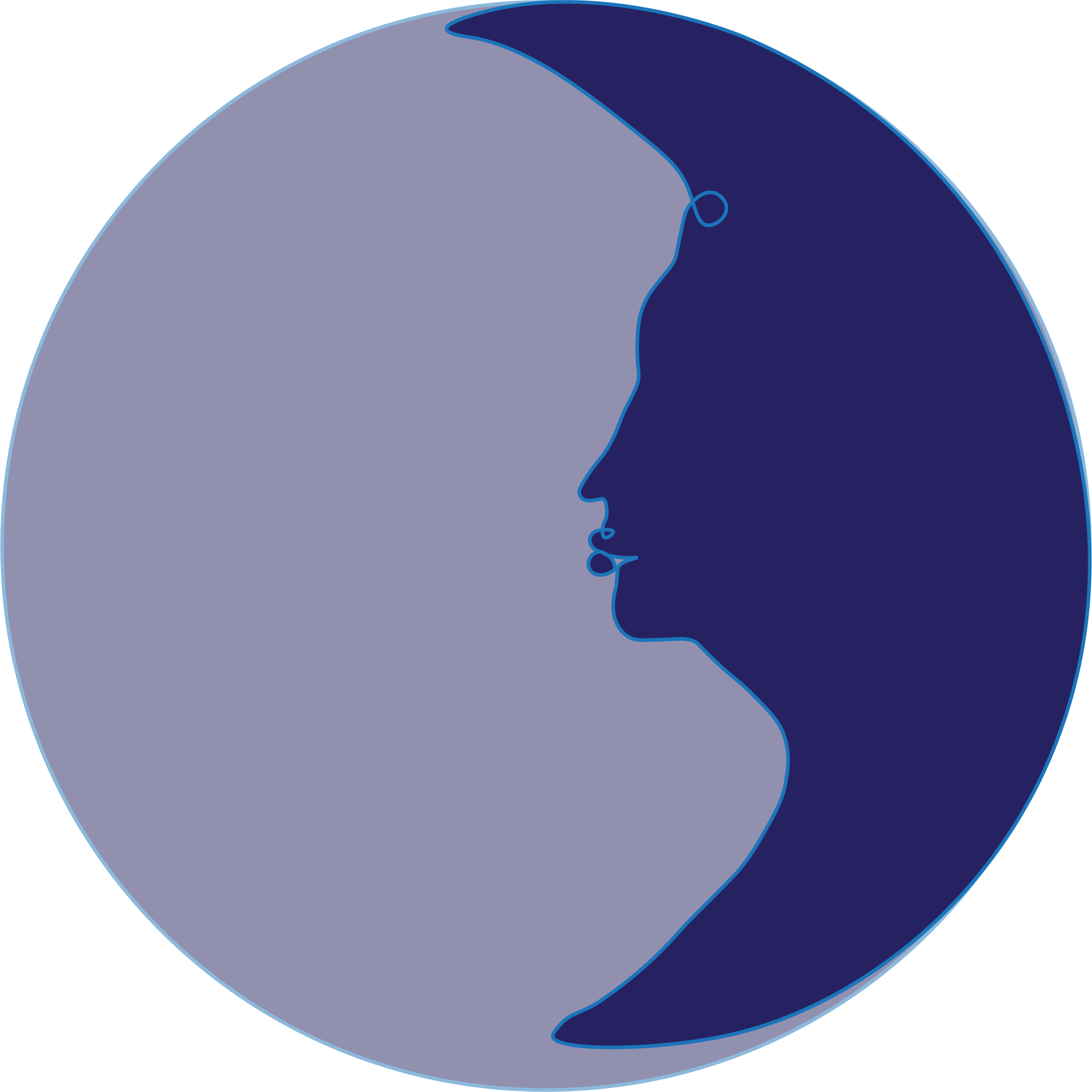This post is courtesy of a friend of the magazine. We are formally opening for submissions on June 30.
Content Warning: mentions of death, major spoilers
The Banshees of Inisherin, written and directed by Martin McDonagh, leaves you equal parts mind-blown and shattered. Set on an island off the coast of Ireland, Colin Farrell and Brendan Gleeson play two old friends, Pádraic and Colm. While the Irish Civil War rages on the mainland, Colm suddenly tries to end their friendship, and the two are caught up in a comically dark feud.
I was moved by every part of this film, from the all-too-relatable tensions between old friends to the unbelievable death of poor Jenny, Pádraic’s donkey. Religious iconography and language are peppered throughout, deliberately evoking the film’s central themes. In playing with the positioning of the cameras—for example, by placing a statue of Mary or a hanging cross in the foreground with the characters pushed to the back—McDonagh conveys a sense of always being watched, a reminder of the omnipotent observer’s keen eye. These religious allusions are also deeply connected with the theme of death. Colm’s conversations about the passage of time and the inevitability of one’s demise are carried by undercurrents of biblical references.
Colm’s confession scene is reminiscent of Shakespeare’s Hamlet: Claudius’ confession at the altar and Hamlet’s inability to act on it. Once you begin looking, the connections between these two stories appear with surprising frequency. Both in The Banshees of Inisherin and in Hamlet, the audience is confronted by the internecine nature of death and violence—how people change after being exposed to death and the deeply flawed ways we cope. For Colm, it is the realization of his own passing; for Pádraic, the death of his beloved donkey; and for Hamlet, of course, the demise of his father that catalyzes novel and wildly uncharacteristic behaviors. One could take these comparisons further with the parallel between Peadar and Laertes (both characters whose loved ones drown, son and sister, causing them to reflect on the grievances they hold for other characters), the larger political forces affecting individual lives, the trope of a prophetic character or speech, the imagery of masks and broken mirrors to connote a kind of performance and loss of identity, etc.
Ultimately, though, I feel this movie is about Man and his ego. Colm is consumed by the notion that his life may one day be forgotten and that his legacy will not stand the test of time—failing to realize the immeasurable significance that the people in our lives and our impact on them hold. He succumbs to the frivolous pursuit of glory. Colm’s fate is a familiar yet haunting one, reflected in the film’s setting. The story of the Banshees of Inisherin will stay with you long after the credits finish rolling.
Author
-

Anya Motwani is the Editor in Chief of The Heduan Review and a rising senior at The Nueva School in San Mateo, California. She has been writing as long as she can remember, often finding refuge in the way that written expression allows for an exploration of the self. Anya is an editor for her school’s scholarly magazine, Romanesco, and the Litmag; she hopes to continue these endeavors in university. Her main inspiration for starting the Heduan Review came from her own experiences and difficulties finding literary journals that resonated with her and her works.
View all posts
